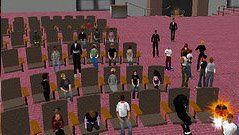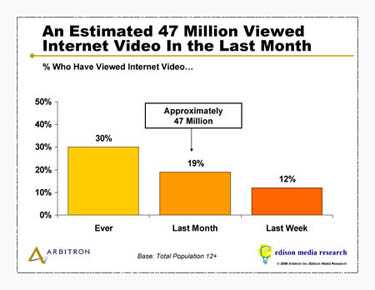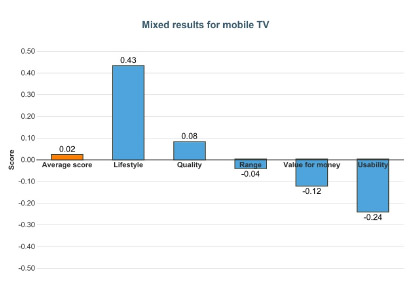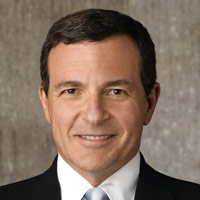The
Berkman Island is a project in
Second Life.
From the
beyond broadcast blog:
"In an attempt to explore novel ways of broadcasting information over the Internet, we are experimenting with Second Life, a 3D multi-user platform.
Second Life has demonstrated great potential as medium for presenting data in audio and video streams to an inworld audience throughout the world. Notable meetings that have aired live events include State of Play and the Game Developers Conference.

Our virtual location within the Second Life world,
Berkman Island, is the product of a fruitful collaboration with Second Life citizens. Members of the community have helped landscape, enrich, and create unique content. For the purpose of this conference, we have built an inworld broadcasting center and a 3D replica of the Ames Courtroom at the Harvard Law School."
You can also
send post cards of Second Life Berkman events.

An overview of the
event in Second Life:
"Throughout the day, we have gotten fleeting glimpses of a replica of Beyond Broadcast — a virtual Ames Courtroom filled with virtual people. This replica conference is taking place in
Second Life; a world where every character is controlled by a real person. All objects, buildings, trees, cars and light poles are also created by users.

John Lester, working for the creators of Second Life,
Linden Lab, explained the founding principle behind Second Life. John says, “We [at Linden] don’t want to make content, we want to give people tools to make their dreams and shape their world.”
Every resident, Linden’s term for user, has a powerful 3d modeling kit and scripting language, which enables them to build their fantasy. Lester further describes Second Life as a, “Waking dream environment — not completely surreal or mundane, but smack dab in the middle.”

He illustrates this point with a slide of a concert taking place inside Second Life. The musicians are streaming their live (real world) music into a virtual club; the band member’s avatars play their instruments to a virtual crowd. John points out that there is something cohesive about a bunch of people hanging out in a club listening to music, but, he says, you realize something is up when a member of the crowd seamlessly hovers into the air.
Second Life is set apart from most online games and simulations, in that residents retain intellectual property rights to all their virtual creations. Some residents release their creations as open source, while others retain their rights and make money off their work. Residents earn L$ (Linden dollars), which can be converted to $US on Second Life’s currency exchange. The exchange works just like a real market, where residents post offers to buy and sell money. Residents can even resell their Second Life creations back into the real world.

The most entertaining portion of John’s presentation unfolded behind him, on the projector screen, as he spoke; it was the virtual conference watching the real conference talk about the virtual conference. More than 25 avatars were chatting, watching, sitting, standing and floating in the virtual version of Ames. "
Labels: ATT, Second Life, Virtual Currency



































